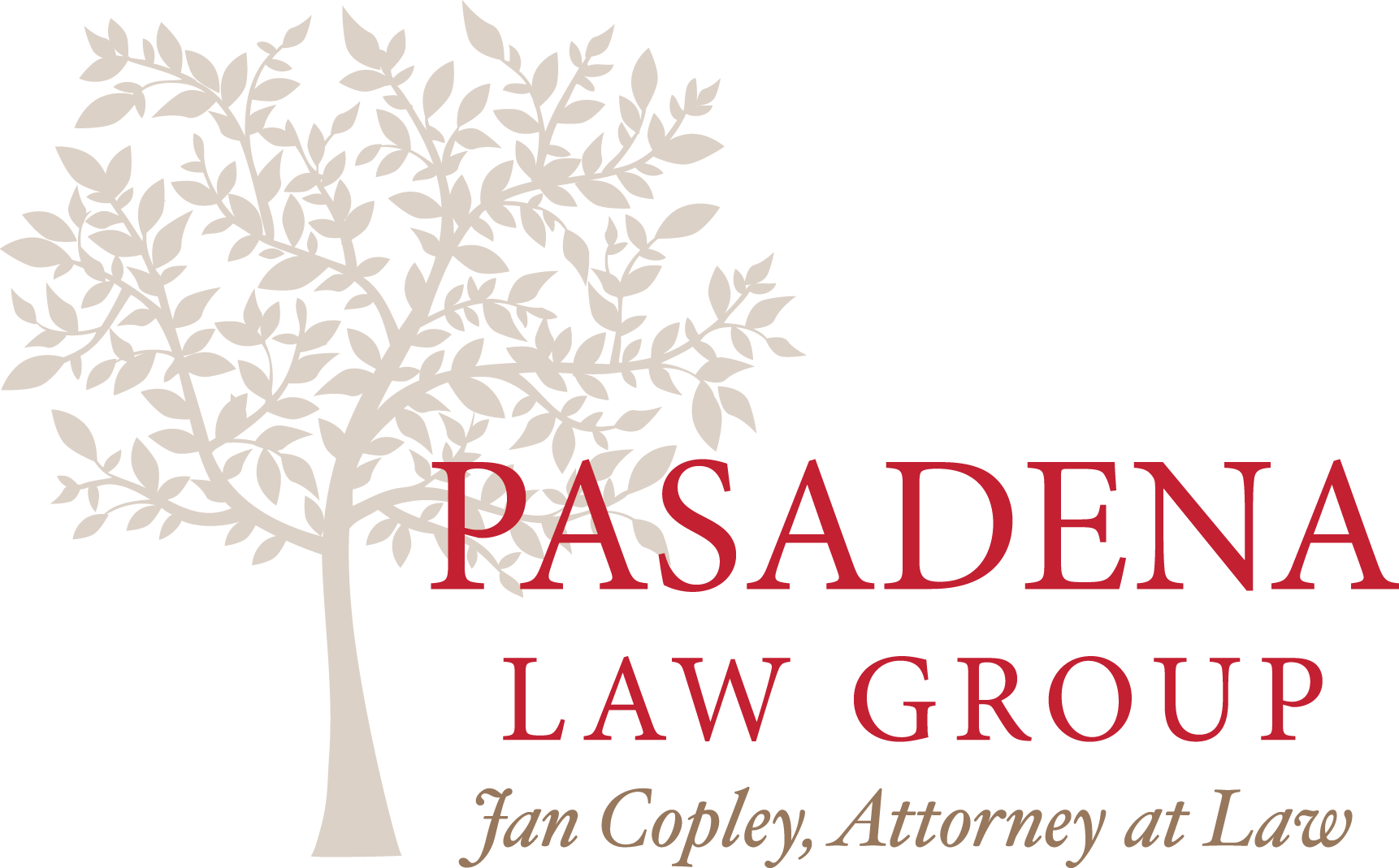
Many people who could benefit from palliative care don’t get it because they associate it with dying.
Palliative care focuses on relieving the pain and distress of serious illness. But many people think it is the same as hospice, says a story in the New York Times.
Not enough people know the difference since palliative care only became an approved medical specialty in 2007. But 70 percent of hospitals now offer it.
However, most patients aren’t in hospitals. And there aren’t enough outpatient palliative care services. That is expected to change.
Unlike hospice, patients can use palliative care at any point in an illness and do not have to forgo curative treatment.
A study showed those who got palliative care scored better on quality of life measures than those who did not. They were also less likely to get aggressive end-of-life chemotherapy in their final weeks yet they survived longer.
Studies also show that those who seek palliative care early do better.
It also saves money. But the service is still underutilized. That is probably because the term is associated with “giving up,” the story says.
If you have questions about elder law, feel free to call us for a consultation at (626) 696-3145.










